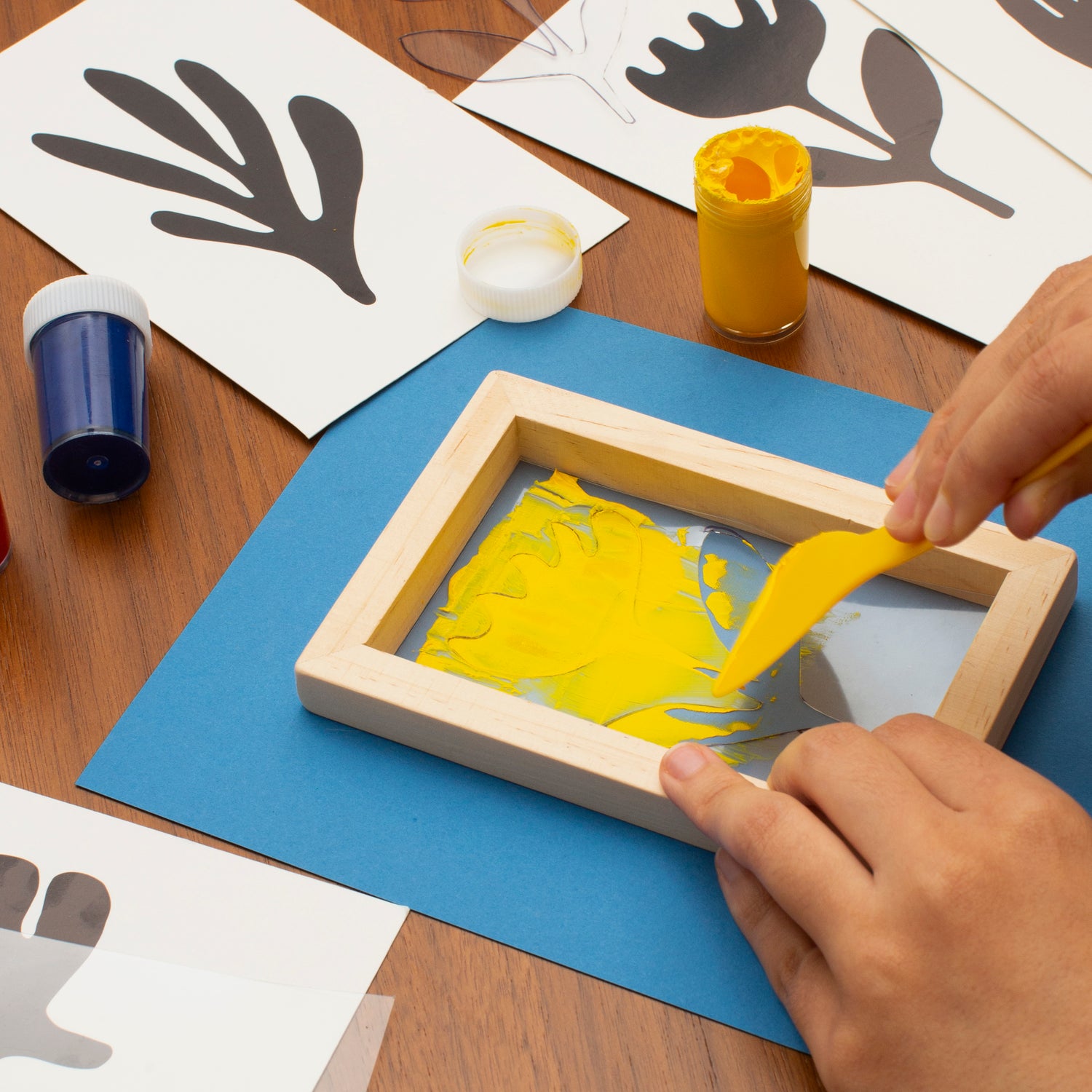The Crucial Overview to Comprehending Screen Printing and Its Versatile Makes use of
Screen printing has an abundant history that dates back to ancient times, progressing right into a sophisticated strategy used across numerous industries today. This guide checks out the ins and outs of the screen printing process, describing its applications in advertising and marketing, style, and home design - 10:9 Design contact. Understanding these basics can open up imaginative capacity for both commercial and creative jobs. The complying with areas will expose crucial tips and techniques to boost one's screen printing endeavors
The Background of Screen Printing
Although screen printing has origins that trace back centuries, its advancement reflects the imaginative and technological innovations of various cultures. Coming from in old China, the technique was at first utilized for decorating textiles and later infect Japan, where it came to be essential to Ukiyo-e woodblock printing. The method changed to Europe in the 18th century, where it acquired popularity among artisans and industrial printers. The invention of photo emulsion in the 20th century reinvented screen printing, enabling for even more intricate layouts and higher efficiency. Artists like Andy Warhol further moved its popularity, utilizing the medium to create renowned works that combined commercialism and fine art. By the late 20th century, screen printing had established itself as a flexible method, employed in vogue, marketing, and art. Today, it continues to evolve, integrating electronic innovation and expanding its applications throughout numerous industries.
The Screen Printing Process Explained
Screen printing transforms artistic visions into concrete layouts with a collection of precise actions. A picture is produced and then moved onto a screen, typically made of fine mesh textile extended over a structure. A light-sensitive emulsion is used to the screen, which is revealed to light, hardening in locations not covered by the image. After rinsing the unhardened emulsion, a pattern is created.
Next, the screen is positioned over the substrate, whether it be fabric, paper, or one more material. Ink is then pushed via the open locations of the pattern utilizing a squeegee, transferring the style onto the substrate below. This process can be duplicated for several colors, requiring different screens for each shade. Finally, the printed item is treated using warmth to assure the ink sticks effectively, resulting in a sturdy, lively design on-line.
Kinds Of Screen Printing Techniques

Additionally, specialized strategies, such as discharge screen printing, get rid of dye from the fabric to produce softer prints, while foil screen printing uses metallic aluminum foil to attain a shiny finish (10:9 Design near me). Each technique supplies unique characteristics, dealing with numerous creative requirements and manufacturing ranges, eventually increasing the possibilities within the screen printing domain
Applications of Screen Printing in Various Industries

Additionally, the signage and advertising markets make use of screen printing for developing appealing screens and banners. This approach permits strong colors and complex designs that catch focus. In electronics, screen printing is used for using conductive inks to circuit boards, important for part links. The home design market welcomes screen printing to create unique styles on textiles and wall art. Generally, screen printing works as an important tool across varied areas, improving items with personalized and discover this visually appealing graphics.
Tips for Successful Screen Printing Projects
While taking on Click This Link a screen printing task, careful interest to detail can considerably enhance the last outcome. Selecting high-grade products is crucial; this consists of the screen, inks, and substrates. Making use of suitable mesh matters can influence ink deposition and detail resolution. Preparation is just as important; complete cleansing of displays and correct exposure times ensure crisp prints.
Next, accurate registration is vital for multi-color prints. Using positioning tools can aid accomplish specific layering. Additionally, screening prints on scrap materials before manufacturing assists recognize potential problems without squandering resources.

Frequently Asked Questions
What Products Are Finest for Screen Printing on Material?
Cotton and polyester blends are perfect for screen printing on material because of their durability and ink absorption. In addition, specialty materials like silk or canvas can produce one-of-a-kind structures and coatings, enhancing the total layout high quality.
Just how Do I Clean and Maintain Screen Printing Tools?
To clean and keep screen printing devices, one ought to consistently clean displays with appropriate solvents, inspect squeegees for wear, lube relocating components, and store all items in a completely dry, dust-free setting to lengthen their lifespan.
What Are the Environmental Influences of Screen Printing?
Screen printing can have significant ecological influences, consisting of chemical waste from solvents and inks, water use during cleaning processes, and energy usage. Lasting methods and eco-friendly materials are crucial for reducing these adverse impacts.
Can Screen Printing Be Done in the house Efficiently?
Screen printing can be effectively done at home with the right materials and techniques. Enthusiasts can helpful resources produce quality prints, though success depends on their skill degree, equipment, and understanding of the process included.
What Are the Prices Connected With Beginning a Display Printing Service?

Starting a screen printing company involves costs for tools, materials, and work space. Initial expenditures typically vary from a few hundred to numerous thousand bucks, depending on the range, top quality of machinery, and wanted production capacity.
Screen printing has a rich background that dates back to old times, developing right into an advanced strategy used across different industries today. Another strategy, rotating screen printing, employs cylindrical displays, assisting in constant printing on material rolls, consequently boosting efficiency for large-scale manufacturings. Furthermore, specialized techniques, such as discharge screen printing, get rid of color from the fabric to develop softer prints, while foil screen printing uses metallic aluminum foil to accomplish a shiny surface. In the fashion industry, screen printing is widely used to develop dynamic layouts on garments, enabling brand names to showcase their special designs. Cotton and polyester blends are suitable for screen printing on textile due to their sturdiness and ink absorption.